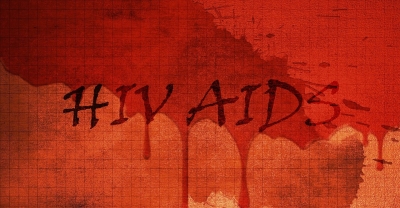Children with HIV fail to achieve durable viral suppression: Lancet
By IANS | Published: November 30, 2021 05:33 PM2021-11-30T17:33:05+5:302021-11-30T17:45:21+5:30
Washington, Nov 30 While adults with HIV are able to achieve nearly 95 per cent viral suppression after ...

Children with HIV fail to achieve durable viral suppression: Lancet
Washington, Nov 30 While adults with HIV are able to achieve nearly 95 per cent viral suppression after receiving antiretroviral therapy (ART), the progress among children and adolescents is lagging, according to a study led by the US National Institutes of Health (NIH).
People with HIV who achieve viral suppression protect their immune health and prevent transmitting HIV to others.
The researchers estimated that among adults, 79 per cent were virally suppressed after one year of ART, 72 per cent after two years and 65 per cent after three years.
Among children and adolescents, 64 per cent were virally suppressed after one year of ART, 62 per cent after two years and 59 per cent after three years. The findings were published in the journal The Lancet HIV.
"These viral suppression rates illustrate how much farther global HIV treatment programmes need to go to reach and sustain the UNAIDS 2030 targets," said Win Min Han, student-researcher at the Kirby Institute of the University of New South Wales in Sydney, Australia.
"Importantly, the even lower rates of viral suppression among children and adolescents with HIV underscore the need to improve approaches for achieving durable viral suppression in these age groups," Min Han added.
In 2014, the Joint United Nations Programme on HIV/AIDS (UNAIDS) set a goal of 95 per cent of all people with HIV who are taking ART achieving viral suppression by 2030.
Scientists from the NIH-funded International epidemiology Databases to Evaluate AIDS (IeDEA) consortium set out in 2020 to estimate how close the world is to achieving that goal.
The team analysed data from 148 IeDEA treatment sites in 31 countries on five continents to estimate the proportions of children, adolescents and adults who were virally suppressed one, two and three years after initiating ART.
The data came from more than 21,500 children and adolescents with HIV aged 17 years or younger and more than 255,000 adults with HIV, all of whom had begun receiving ART between 2010 and 2019. Viral suppression was defined as having fewer than 1,000 copies of HIV per millilitre of blood.
The researchers calculated the percentages of children and adults who were virally suppressed based on data from those who were alive, in follow-up, and had viral load measurements for up to three years of ART.
Disclaimer: This post has been auto-published from an agency feed without any modifications to the text and has not been reviewed by an editor
Open in app